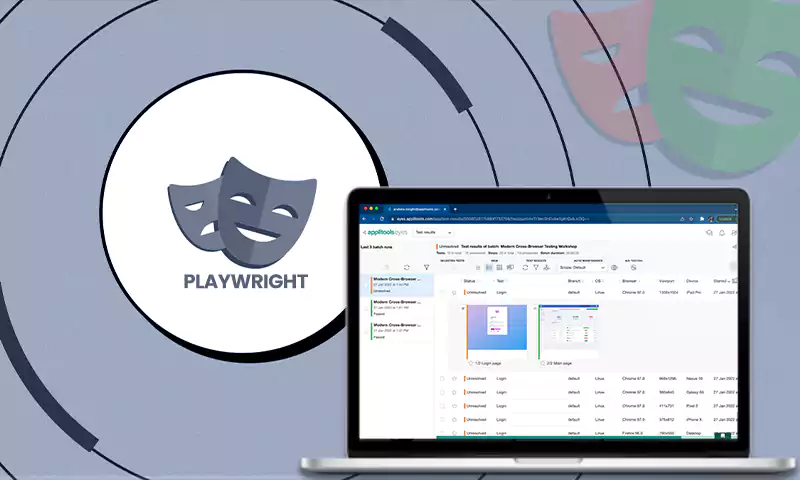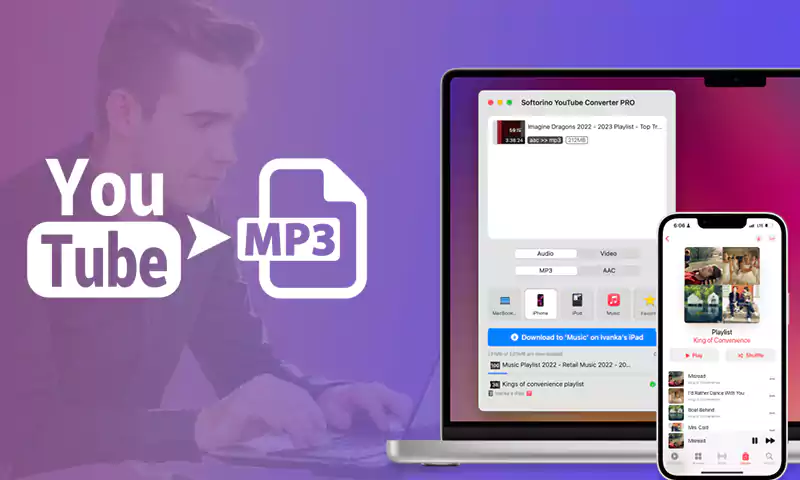Choosing the Right Email Marketing Approach for your Industry

The number of people using email is growing at an astonishingly rapid rate and is expected to cross 4 billion before 2023. These numbers indicate that people still prefer email for personal and business communication. With managed email marketing services, businesses stand to maximize their revenue. Let us look at the best email marketing approaches:
Short Subject Lines
Roughly 47% of recipients prefer reading the email’s subject before actually opening it. According to statistics, emails with personalized subject lines are more likely to be opened. Emails with generic subject lines usually end up in the bin. However, it is not just about the content in the subject line. Marketing emails with 6-10 words are more likely to be opened and read.
The Right Timing
Sending marketing emails at the right time is crucial if you want your business to succeed. Perfect your timing so that the open and click rates improve drastically. Send marketing emails at the right moment to increase the chances of your prospects engaging with your content. The recipients may engage by sharing the content with their friends or adding items to their inventory.
Businesses usually prefer automation. This way, the software automatically sends out emails at the timings fed into the algorithms. Automation tools can help derive the perfect time to send emails to your prospects. As a result, you will save ample money and time.
Optimized Emails
More than 80% of people use their smartphones. Most smartphone owners prefer to check their emails during their daily commute. Hence, when designing marketing emails, design it keeping the average smartphone user in mind. These are some pointers that can guide you in designing mobile-friendly marketing emails:
- Use a big font which is easy for the eyes.
- Have a simple and easy CTA button.
- The images should be small but of high quality.
- Important text goes in the center.
Segregate Your Prospects
Segregating different groups of people interested in your business is a unique method of catering to them intelligently. If done correctly, the results are astonishing. According to a study, when businesses create different email list segments, they have a 24% increase in sales. Different categories of people have different preferences, and they have to be catered to likewise. This way, every customer will be satisfied with the enterprise. They will be more likely to give repeat business to the brand. These are the view ways brands can segregate their prospective customers:
Demographics:
Segregating your new and existing customers based on demographics such as their age, gender, location, etc., is recommended. For example, clothing brands would function better if they knew their customers’ ages and gender ratio. It will help them create clothing materials accordingly.
Engagement Through Email:
Having different segments of customers based on their engagement with your brand emails can make a positive impact. The most critical metrics to consider are open and click rates. Further on, the metric segment can be widened to include a list of users who are active vs those who are not. With this information, brands will craft marketing emails with higher-quality content.
Past Purchases:
Another way to optimize your email marketing approach is segmenting your existing customers according to their past purchases. E-commerce stores can use their customer’s purchase history to show them other products from their favorite brand. Alternatively, the customers can also be given suggestions on what to buy next. What’s more, customers who buy a particular product often can be sent an email before it runs out.
Sales Funnel:
Your sales funnel makes up all the customers who purchase your brand’s product and services. Each customer has different spending powers and, thus, is at different points of the sales funnel. Hence, you must segregate your customers accordingly. Your email marketing approach for the top buyers must differ in comparison to the bottom buyers. For example, top buyers already know what they want. New subscribers will require generic marketing emails about your brand and what you have in store for them. You will already have the top buyers’ preferences noted. You will have to note down the preferences of new customers to approach them better.
Share















